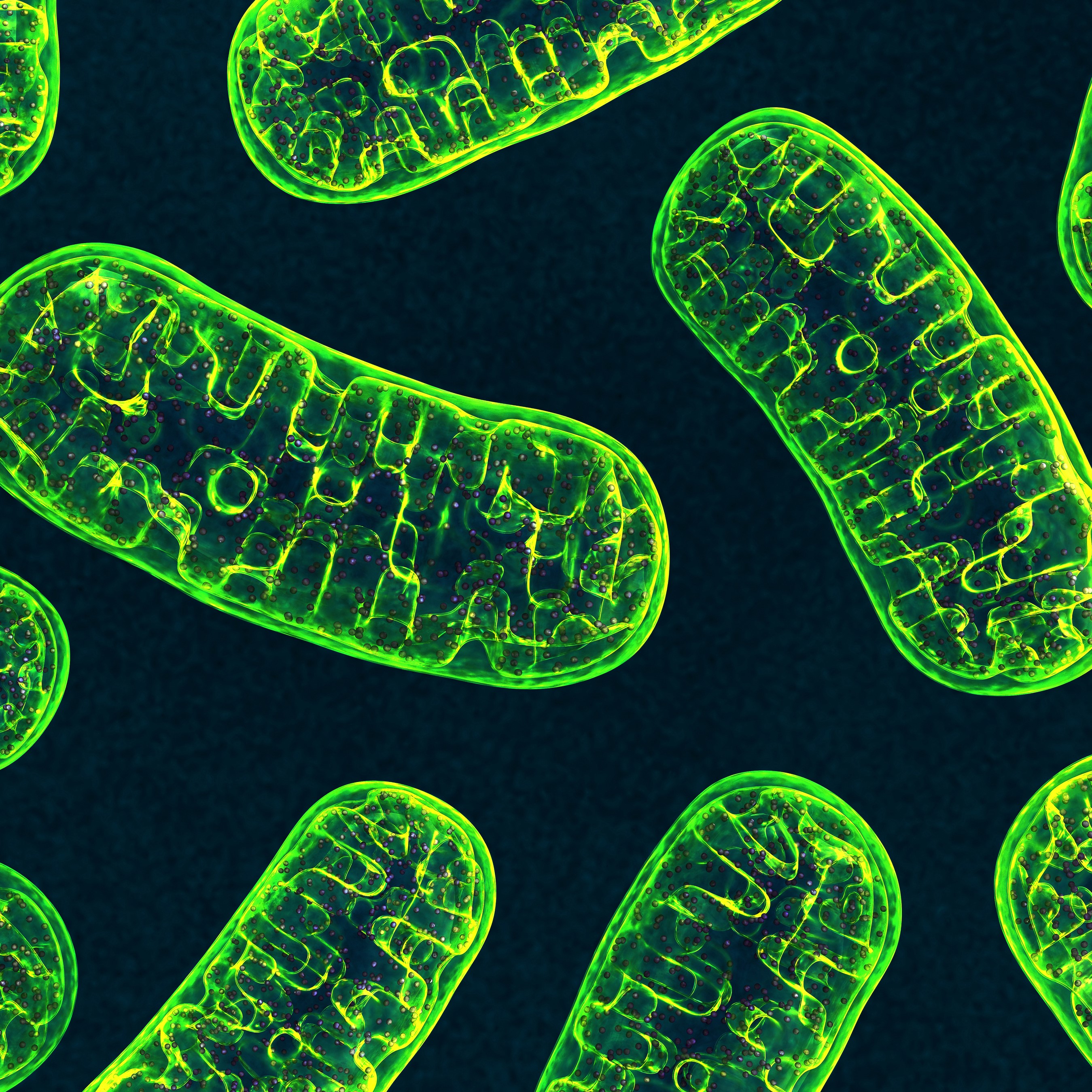The discovery by an international research collaboration of new cell pathways connected with defects in mitochondria – the power source for cells – may hold clues for new drug treatments for Parkinson’s disease and other neurodegenerative disorders.
University of the Sunshine Coast Professor of Pathophysiology Robert Harvey and investigators from the US National Institute of Neurological Disorders and Stroke, California Institute of Technology and the University of California have revealed new insights into the mechanism that causes mitochondria to split.
“In the search for new treatments for Parkinson's disease, which affects 4 in 1,000 people in Australia, several lines of research have implicated defects in mitochondria, the organelles within cells that make energy,” Professor Harvey said.
“Disrupted mitochondrial fission has also been linked to other neurodegenerative diseases and serious conditions including cancer, cardiovascular disease and childhood developmental disorders,” he said.
The health of mitochondria is maintained through a quality control system that balances two opposite processes: fission - one mitochondrion splitting in two, and fusion - two becoming one.
“For years, scientists have known that one particular protein, called Dynamin-related protein 1 (Drp1), is a master regulator of mitochondrial fission, but little about how Drp1 itself is controlled,” Professor Harvey said.
The research group has now identified that a protein in humans called CLUH, or Clueless, attracts Drp1 to mitochondria and triggers fission.
The findings, published recently in Nature Communications, show that severe damage to mitochondria and tissue can be reversed by increasing the amount of the Clueless protein.
In experiments with fruit flies that were genetically engineered to have defects in two Parkinson's disease proteins – PINK1 and Parkin – too little Clueless resulted in longer mitochondria (too little fission), while too much resulted in fragmented mitochondria (too much fission).
“This collaborative study has not only revealed a key role for Clueless in the quality control of mitochondria, but also identified new potential drug targets for the treatment of Parkinson's disease and other serious health conditions,” Professor Harvey said.
Professor Harvey's research at USC focuses on a range of neurological disorders, including autism spectrum disorder, intellectual disability and epilepsy.
He is based in the School of Health and Behavioural Science at USC and his research group operates at the Sunshine Coast Health Institute.
The research collaboration included Dr Huan Yan (lead author), Dr Jina Yun and Professor Ming Guo from UCLA’s School of Medicine; Dr Caroline Sibilla from the National Institute of Neurological Disorders and Stroke; Dr Raymond Liu, Dr Bruce Hay and Dr David Chan from California Institute of Technology; and Dr Craig Blackstone from Harvard Medical School.
Media enquiries: Please contact the Media Team media@usc.edu.au

